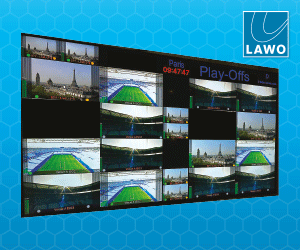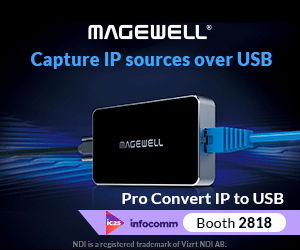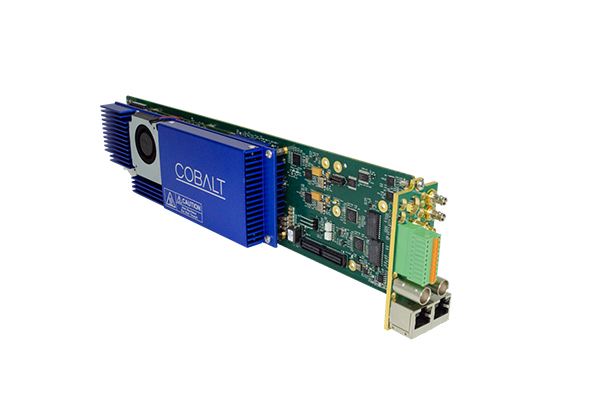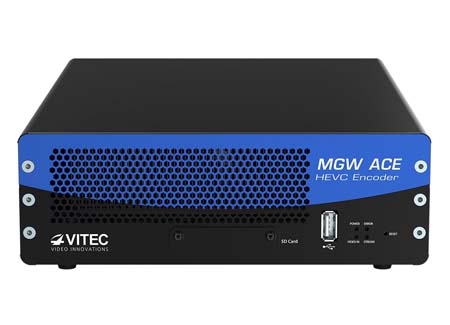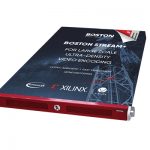The 9992-ENC series, made for openGear, meets production requirements by combining traditional broadcast features with advanced network options.
Cobalt, a designer and manufacturer of edge devices for live video production and master control, is lowering latency for its 9992-ENC software-defined broadcast encoder card series.
To that end, the company has released the Ultra-Low Latency Mode that combines parallel processing with GDR (Gradual Decoder Refresh) and a CPB (Coded Picture Buffer) to achieve encoder latencies as low as 10 milliseconds making it desirable for any broadcaster of live events such as sports or news.
The 9992-ENC series, made for openGear, meets production requirements by combining traditional broadcast features with advanced network options. Cobalt’s HEVC video encoding technology provides a compression efficiency improvement over previous standards, while also supporting existing MPEG-2 and MPEG-4 AVC.
Ciro Noronha, Cobalt EVP of Engineering, said: “In any sort of video compression, there is a tradeoff between three variables: latency, quality, and bit rate. Essentially, any two of these can be optimized at the expense of the third, and a quality encoder will allow you to adjust the levels and choose the operating point that works for you. The Cobalt 9992-ENC has always had this capability, and where latency is concerned, the most important ones are the CPB delay, and the use of GDR that allowed latency to vary from over a second (for high quality at low bit rate) to about 100 milliseconds.
“This is available for both AVC and HEVC (and, with some limitations, for MPEG-2 as well). Now with Ultra-Low Latency Mode, this is reduced to as low as 10 milliseconds, a significantly important innovation for broadcasters.”
Noronha also noted that the latency level is lower than the intrinsic latency of the usual audio encoders, so the 9992-ENC offers LPCM audio support to bypass them.
Cobalt is also releasing updated firmware for its 9992-DEC, with tunable latency. When combined with the 9992-ENC, end-to-end latencies of about 100ms can be achieved in HEVC mode, and about 300ms in AVC mode, the company claims.


